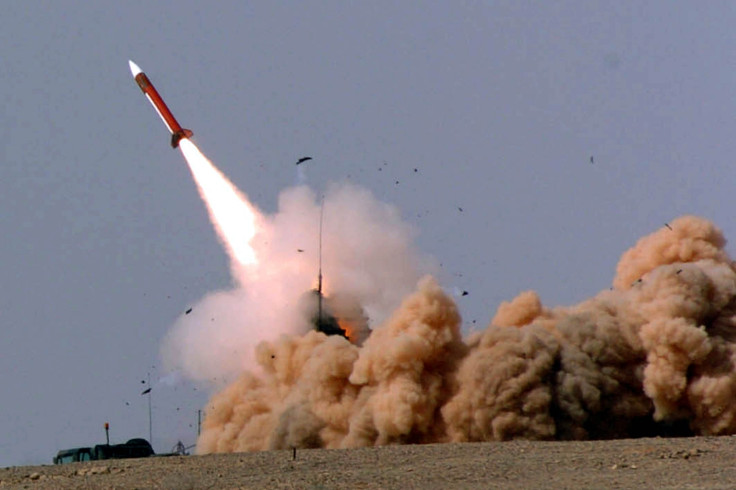This deep learning AI found Chinese missile sites just by looking at satellite images
The AI program can scan an area the size of North Korea in about 45 minutes, say researchers.

A team researchers from the University of Missouri has created an artificial intelligence (AI) program that recognises missile sites. The AI was able to find missile sites much faster than human beings when presented with thousands of square km worth of satellite imagery.
The researchers set out to create an AI that can learn and detect patterns so they fed it with satellite images and detailed pictures of surface-to-air missiles (SAM) sites from around the world.
The images were taken from DigitalGlobe, a company that procures such images and sells it for civilian use, reports Popular Mechanics (PM).
The AI could reportedly identify 90 confirmed SAM sites across a 55,923-square-miles area, which is roughly the size of North Korea, in southeastern China.
Interestingly, the task was completed in 45 minutes only. It would have taken about 60 hours for a human being to scan all the imagery with the same level of accuracy, a Wired report said.
SAM sites are military facilities and they follow identical built patterns to ensure maximum defensive coverage. They are normally star-shaped to cover all directions and have around four or five missile launchers. There will also be a lot of equipment like the control centre, radar beacons, communication antennas, and electrical generators. Each location is usually surrounded by embankments which protect the other missiles from damage in case one of them blows up or gets destroyed, notes the report.
The SAM sites are easy to spot as they are built to protect and defend important sites like military bases, nuclear launch pads, factories and bridges.
The picture below is a People's Liberation Army Air Force base, which is home to F-7 fighters, located across from Taiwan. The crescent-shaped facility was found in just two minutes on Google Earth, the PM report said.

An AI that is capable of learning how to spot SAM sites could also be trained to spot various other types of facilities, notes the report. It could be used by intelligence analysts who are said to be constantly bogged down with vast quantities of data that far exceeds their ability to analyse them effectively.
One of the uses of an AI like this, says the PM report, is to identify camouflaged sites. It is easy, as pointed out in the above image, to find a SAM site at a military facility, but an AI could scan through vast swathes of land and pick out sites that are not supposed to be there.





















